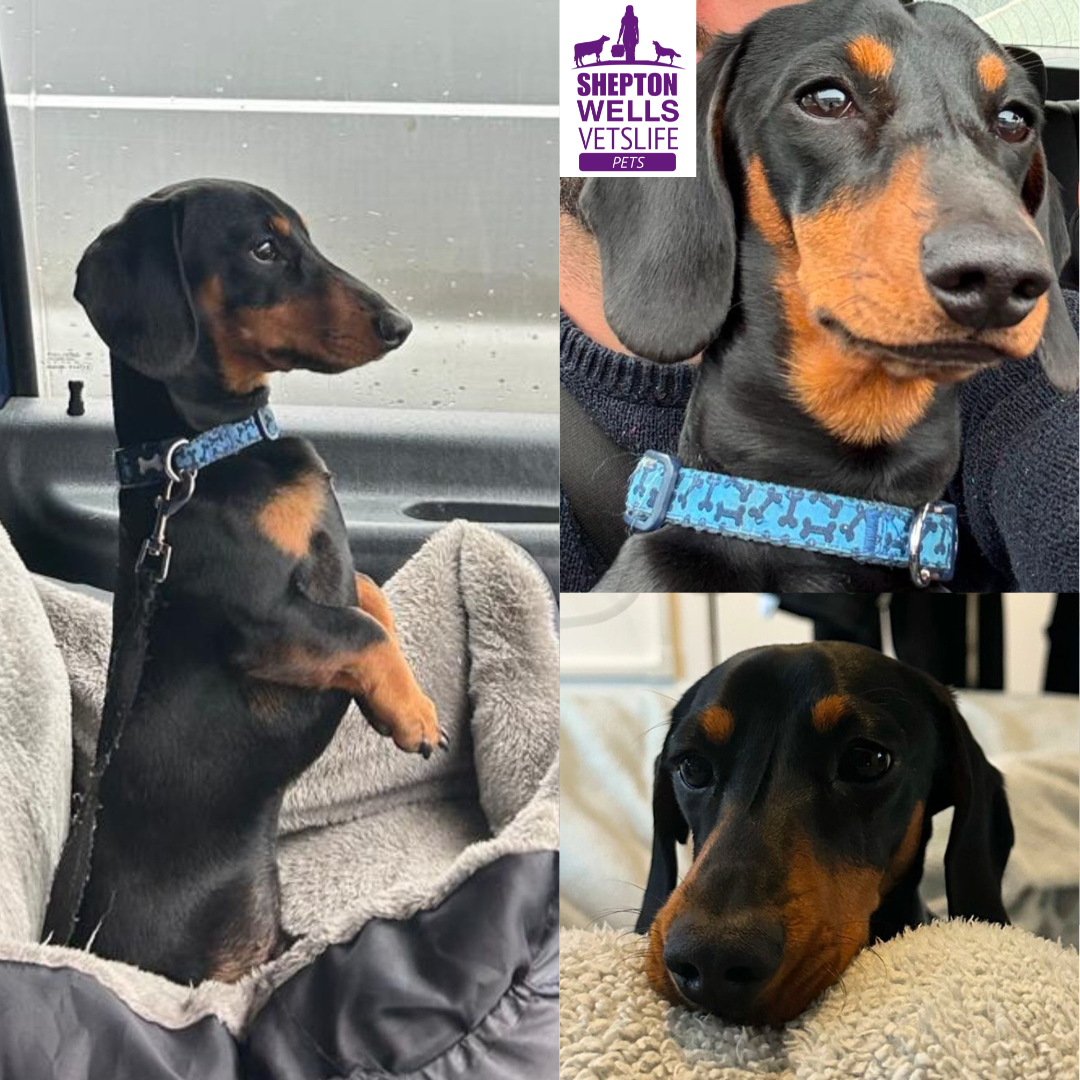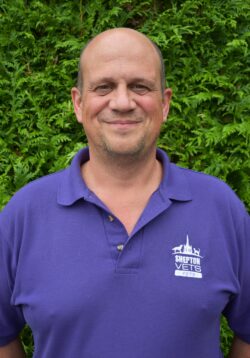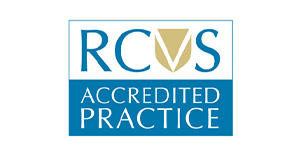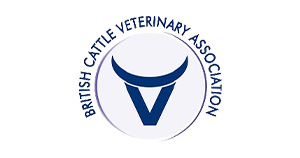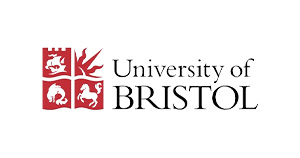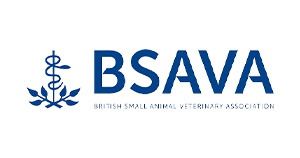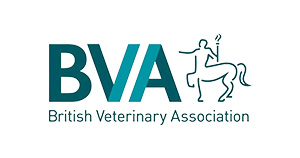Rolo’s Road to Recovery: How a Limping Pup Got His Bounce Back
Rolo the tiny dachshund puppy had more personality than he had body length when he first walked into our practice. His owners put a lot of effort into making sure everything was right for him from day one and as such we saw him regularly for his vaccinations and routine nurse checks. Rolo was growing up as a strong and confident pup until six months of age when his owners noticed a slight limp in his left forelimb, and when it didn’t resolve after a few days they came to see us.
Early Signs of Trouble
At the initial appointment vet Harry gently examined Rolo’s elbow and detected a bit of discomfort. He wasn’t in distress – just a touch sore and clearly favouring that leg. On this occasion it was felt that Rolo might just need anti-inflammatories and rest, but we’d need to keep a check on him to make sure this was all he needed. However, over the course of the next couple of months, with routine checks from nurse Jess, it was established that the limp was still present and his elbow remained sore to the touch, so it was agreed that Rolo needed another vet check.
Digging Deeper – Time for X-Rays
This time Rolo saw vet Martin and it was clear that not only was his elbow sore, but Rolo also couldn’t fully extend it. Given this worrying development, we recommended X-rays, and the very next day, we had our answer.
The X-rays revealed Rolo’s elbow joint was incongruent – meaning the two bones in his forearm, the radius and ulna, were growing at different rates. This mismatch was causing a pronounced “step” in the joint, leading to pain and a reduced range of motion whenever he tried to straighten his leg.
Considering Surgery – Why a Dynamic Bi-Oblique Ulnar Osteotomy?
With a clearer picture of what was going on, we discussed our options with Rolo’s owners. The best approach was a surgical procedure called a dynamic bi-oblique ulnar osteotomy (DBUO). While the name sounds daunting, the idea is relatively straightforward: we would cut the ulna at a precise angle and leave it to heal naturally, allowing it to lengthen and hopefully reduce the misalignment in the elbow joint. The aim of the technique is to free the ulna of its restrictions so nature could allow it to find it’s correct, and hopefully more comfortable, location. The procedure wasn’t without risk, but it was felt this was Rolo’s best chance of making his leg comfortable, and so his owners were keen to progress.
The Big Day – Surgery and Early Recovery
On the morning of his operation, Rolo’s tail wagged bravely as he was prepped for anaesthesia. The surgery itself went smoothly – the precise location of the osteotomy (bone cut) was measured from Rolo’s X-rays, we operated to cut the ulna, repeated the X-rays to check the result, and left the bone to heal on its own. We knew the leg would be a bit unstable for a few weeks, but Rolo, ever the trooper, was up and walking on the leg almost immediately once he’d woken up, albeit with a little dressing on.
Steady Progress – Rolo’s Road to Recovery
Over the following six weeks, Rolo’s owners were vigilant – administering his pain relief, keeping him strictly rested initially then cautiously managing his exercise to prevent overdoing it. When we took his follow-up X-rays the results were encouraging. The ulna was showing early signs of healing and, most importantly, the step in the elbow joint had reduced significantly. Rolo’s range of motion had also improved, though we remained cautiously optimistic, aware that full bone union was still a work in progress.
The 12-Week Milestone
At the three-month mark, Rolo strutted back into the practice visibly more comfortable. He still had a touch of stiffness in the mornings, but in general he was back to his old self, bounding about with the typical enthusiasm of a young dachshund.
Today – A Happy, Active Dachshund
Several months on and Rolo is doing well. We were delighted to see him improve week by week. He still has an occasional slight limp but this is to be expected, as we know we can’t have reversed every aspect of his elbow abnormality. However, the improvement from where he had been prior to surgery has been vast and his leg is much more comfortable than it was prior to the osteotomy.
A Team Effort – Owners, Nurses, and Vets Working Together
Rolo’s journey wasn’t a solo effort, and the hard work didn’t stop the moment he woke up from surgery. His recovery is a testament to the dedication of his owners, as they oversaw months of management to ensure that he didn’t overdo things, and without this care the end result would not have been as positive as it has turned out.
